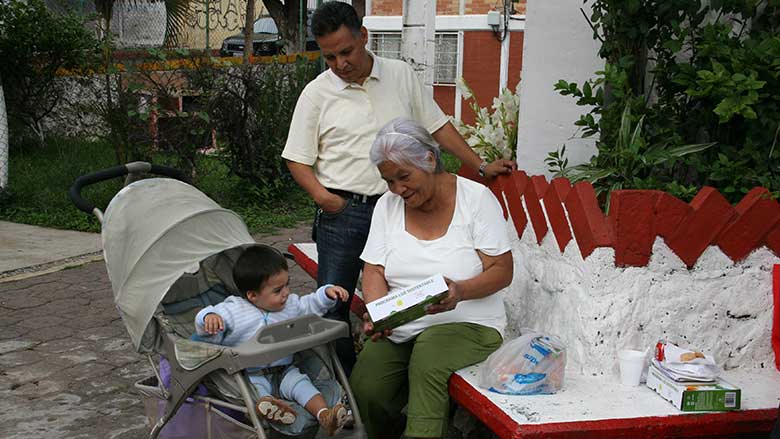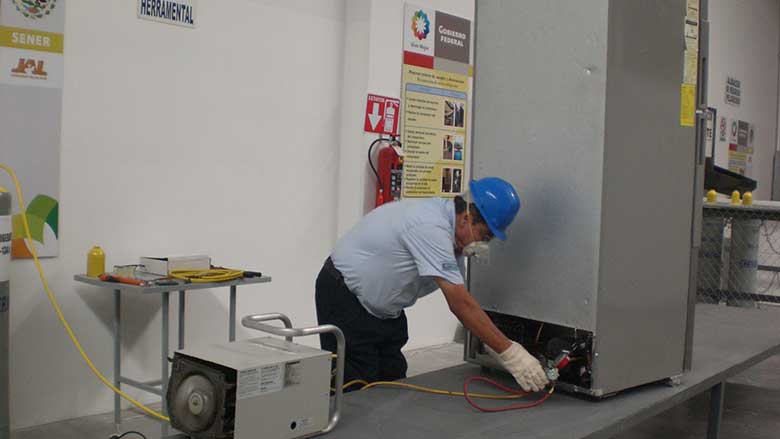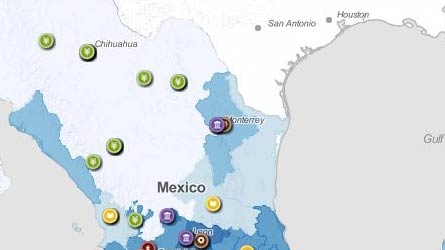Challenge
In 2008, Mexico was the second largest emitter of greenhouse gasses (GHG) in Latin America and the 12th largest globally. Energy-related emissions, including energy use in the transport sector, contributed to over 60 percent of Mexico’s total GHG emissions. Mexico’s residential sector accounted for more than 25 percent of electricity consumption in 2008. Energy consumption in the residential sector was growing faster than GDP, with air conditioning, home appliances, electronics, and lighting contributing equally to levels of residential electricity consumption.
Approach
In response to the dominant role of the residential sector in electricity consumption, the Mexican government initiated several energy efficiency programs using price incentives to replace inefficient lighting and appliances in the sector. The Mexico Efficient Lighting and Appliances Project was part of this effort as well as an element in a broader national strategy designed by the government to reduce greenhouse gas emissions and thus mitigate the impacts of climate change, which are predicted to be severe in Mexico due to its geography. Two nationwide programs were supported by the project: (i) the Sustainable Light (Luz Sustentable) program aimed at phasing out incandescent light bulbs (IBs) by replacing 45.8 million IBs with compact fluorescent lamps (CFLs); and (ii) the “Replace Your Old Appliance with a New One” (“Cambia Tu Viejo por uno Nuevo”) program. These initiatives provided financial incentives for consumers that resulted in replacement of 1,682,802 refrigerators and 201,327 air conditioners ten years old or older.
An aggressive media campaign was essential to the project’s success. It involved using television, radio, newspapers, and the Internet to spread the message, as well as targeted promotions during soccer matches. To deepen the impact of the campaign by making it relatable for audiences, an innovative idea was put into effect: entering the world of telenovelas. One of Mexico’s most popular telenovelas, Abismo de Pasión (Abyss of Passion), wove information on energy efficiency into its plot lines and dialogue to encourage viewers to replace their light bulbs and household appliances with more efficient models. This new approach to using mass media shows to engage their audiences in the initiative to conserve energy was very cost effective. Actors continued their support by making public service announcements and attending promotional events, such as a public appearance in Mérida, Yucatán, on July 23, 2012, that resulted in an immediate spike in appliance replacements.



